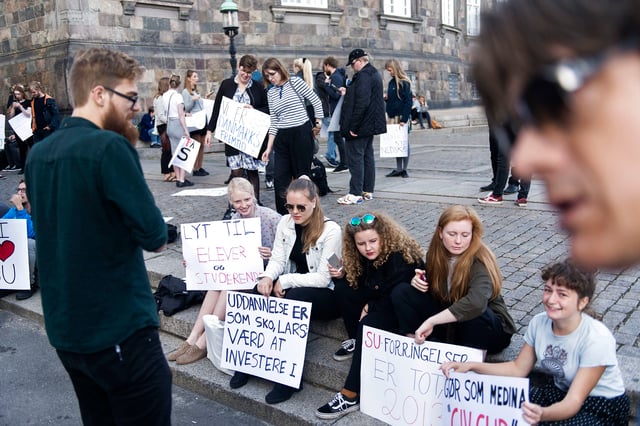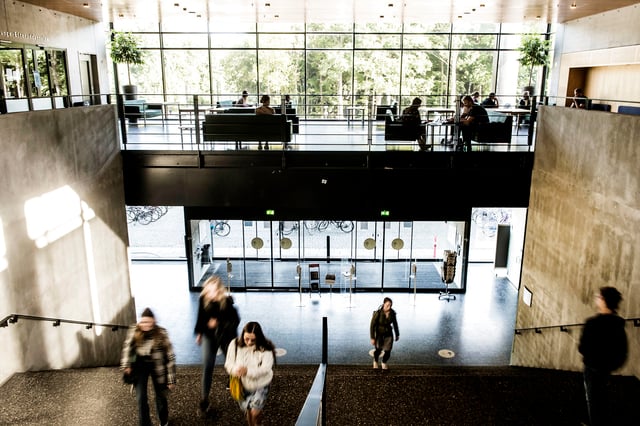UNIVERSITY
Record number of Swedish university students caught cheating
A record number of Swedish university students were suspended in 2016 because of cheating, according to a fresh review.
Published: 6 June 2017 12:48 CEST

File photo: Tor Johnsson/SvD/TT
A growing number of students are being suspended from Swedish universities because they have been caught cheating.
In its review of 33 universities in Sweden, TT newswire found 733 students had been suspended due to cheating in 2016.
The Swedish Higher Education Authority (Universitetskanslerämbetet, UKÄ) previously kept its own, annual records of suspensions of higher-education students, but stopped doing so last year.
UKÄ Legal Advisor Pontus Kyrk reacted with surprise to TT's findings.
“Was is that many? That's a new record, or whatever we should call it,” he told TT.
“That means there has been an increase, a fairly sharp increase,” he added.
2016 saw 103 more cases of suspension than in 2015, a 16 percent increase – and the figure is growing for the third year running. Compared to 2013, which saw 533 suspensions, the figure has increased by 37.5 percent.
Kyrk thinks the increase is mainly due to increased awareness, and that universities have got better at catching cheaters.
“They have a much better view of the situation than previously. They're way more attentive when it comes to plagiarism,” Kyrk said.
The highest number of suspensions per 1000 students (7.3) were carried out by Södertörn University, closely followed by the Blekinge Institute of Technology (7.0) and University West (6.9).
“We file reports as soon as there's a suspicion,” said Jenny Tirén Berg, press spokesperson at Södertörn University.
“We're very strict. For instance, it's not up to the tutor to speak to the student – if there's a suspicion of cheating, it's reported and investigated,” she added.
A recurring question, which is difficult to answer, is whether a high number of suspensions is due to extensive cheating, or the result of a persistent hunt for cheaters.
According to the same logic, it is difficult to know if few suspensions means a university has few cheaters, or if it is simply bad at catching them.
The Stockholm School of Economics and Halmstad University only suspended one person each in 2016. For Halmstad, that is a drastic decrease, from having suspended between 16 and 20 students per year between 2012 and 2014.
Brita Lund, head of student administration at Halmstad University, said the improved figures were partly to do with there being less cheating, and partly with the university communicating more clearly to its students than previously about what consistutes cheating and plagiarism.
Url copied to clipboard!





 Please whitelist us to continue reading.
Please whitelist us to continue reading.